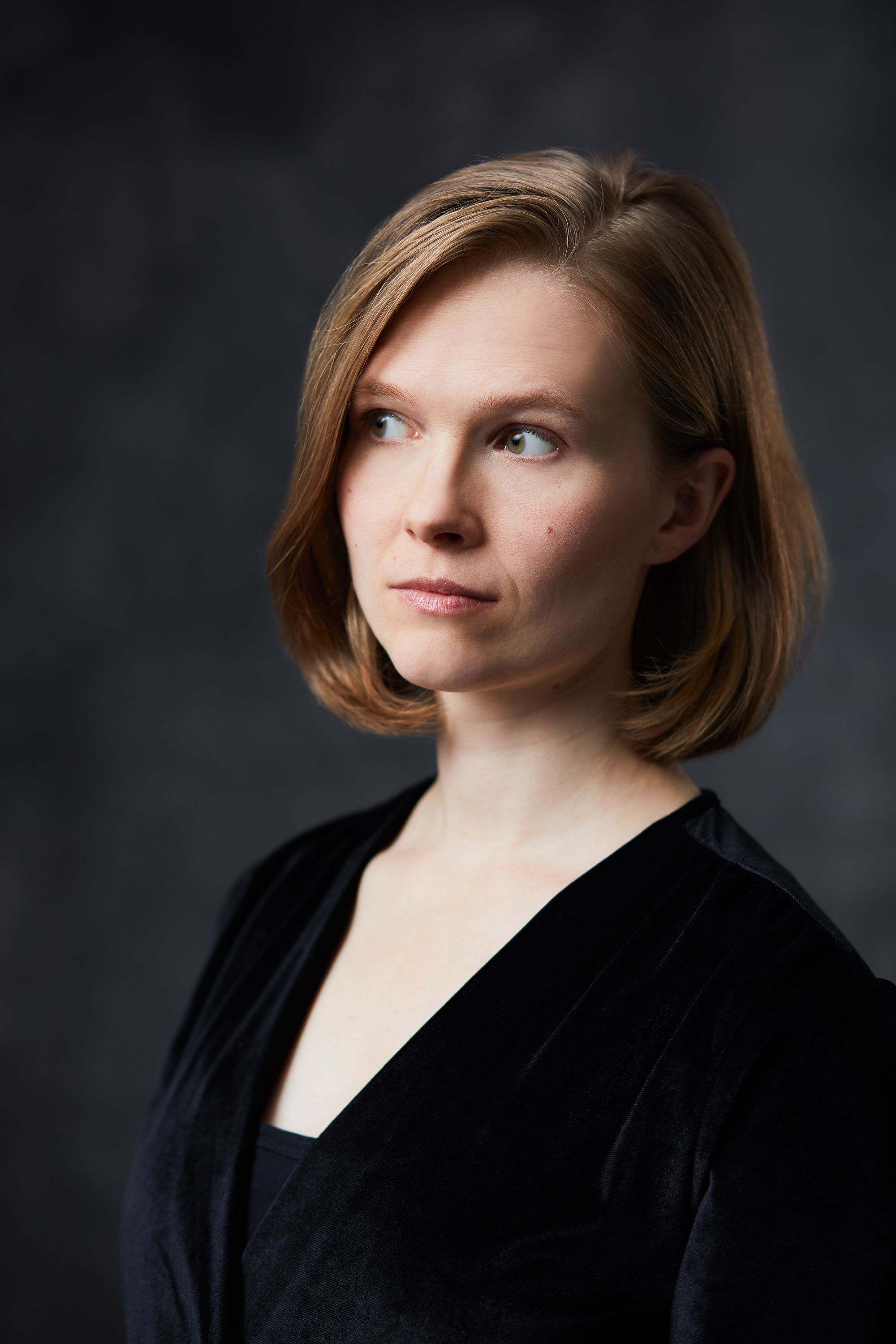Britten Sinfonia da Requiem in a remarkable performance from Birmingham

The Lithuanian conductor Mirga Gražinytė-Tyla has already made huge waves in the record industry, what with her Weinberg DG recording receiving the coveted Gramophone "Record of the Year" Award, 2020. She signed an exclusive Deutsche Grammofon contract in 2019 (another coveted honour). Gražinytė-Tyla is at the head of the City of Birmingham Symphony Orchestra, an ensemble that hardly needs introduction Right now, her future seems one of infinite possibilities.
Gražinytė-Tyla is clearly fearless. Weinberg is a daring choice but a fully justified one (his opera The Passenger at English National Opera in 2011 was, incidentally, revelatory); the Britten is brave, too, given that Sir Simon Rattle recorded this work with this very orchestra in May 1984. But Gražinytė-Tyla is magnificent, the orchestra a finely-honed vehicle entirely at her disposal. She has the ability to make one forget other interpretations, such is the force of her conviction.

Britten's Sinfonia da Requiem, Op. 20, was astonishingly written when the composer was a mere 26 years old. The year was 1940. The Sinfonia da Requiem has a bit of a benighted history. It was commissioned in 1939 by the Japanese for the celebration of the 2600th anniversary (!) of the ruling dynasty. But the sombre mood of the piece, not to mention its clear reference to Christianity in the movement titles (Lachrymosa; Dies irae; Requiem aeternam) caused problems and, althougb Britten received his fee, the piece was not performed as intended. It did go on to achieve a huge success, and one should remember that the Boston performance under Serge Koussevitsky led directly to the Kousseivitsky Foundation's commission of Peter Grimes.
This is raw Britten in the sense it is unfiltered, there are no compromises. The first movement, "Lachrymosa," is launched by an almighty, low crash followed by pounding timpani. Many, many modern works open in a similar manner but firstly we should remember the date and secondly appreciate just how masterly is Britten's working from that moment. The slow pulsing gives the music an oppressive onward gait - Gražinytė-Tyla is masterly in her laying out of the matierial, and the subsequent, terrifying crescendo that takes us to the movement's climax. Here, surely Britten has never been closer to Mahler:
The central Dies irae is a short but powerful, possibly demonic Scherzo (or certainly it seems so in this frenzied performance, an immersive dance of death). Rarely can the sound of a saxophone have sounded so disquieting. Britten's scoring is magnificent; although he writes here for a large symphony orchestra, one has to remember the delicacy he could bring (think of the Serenade for tenor, horn and strings, or the chamber scoring in the opera The Turn of the Screw). Slivers of that sit alongside the hugely gestural final moments of the movement:
From this comes the hope of the "Requiem aeternam" (a movement Britten referred to as "the final resolution"), its themes arching upwards as if searching for a Heaven. While there is an onward pulse, as in the first movement, here the effect is completely different:
A swift postsrciptum, if I may. All the press coverage is on the Weinberg and, of course, this Britten. Let's not forget Gražinytė-Tyla's ties to contemporary music; and indeed Birmingham's association with fresh new British music. Here's Gražinytė-Tyla conducting Joe Cutler's wonderfully bonkers, zany Elsewhereness on the poineering NMC label, with the Royal Birmingham Conservatoire Symphony Orchestra. Everyone is clearly having a ball. Think Stravinsky Circus Polka on steroids with a sprinkling of John Adams, and do stick around for the false ending followed by a most unexpected coda:
This performance of the Britten is available for the utterly remarkable price of £2.97 (around the price of a coffee these days, then) at the link below. I've also included a link for the Weinberg, and for the Cutler.
